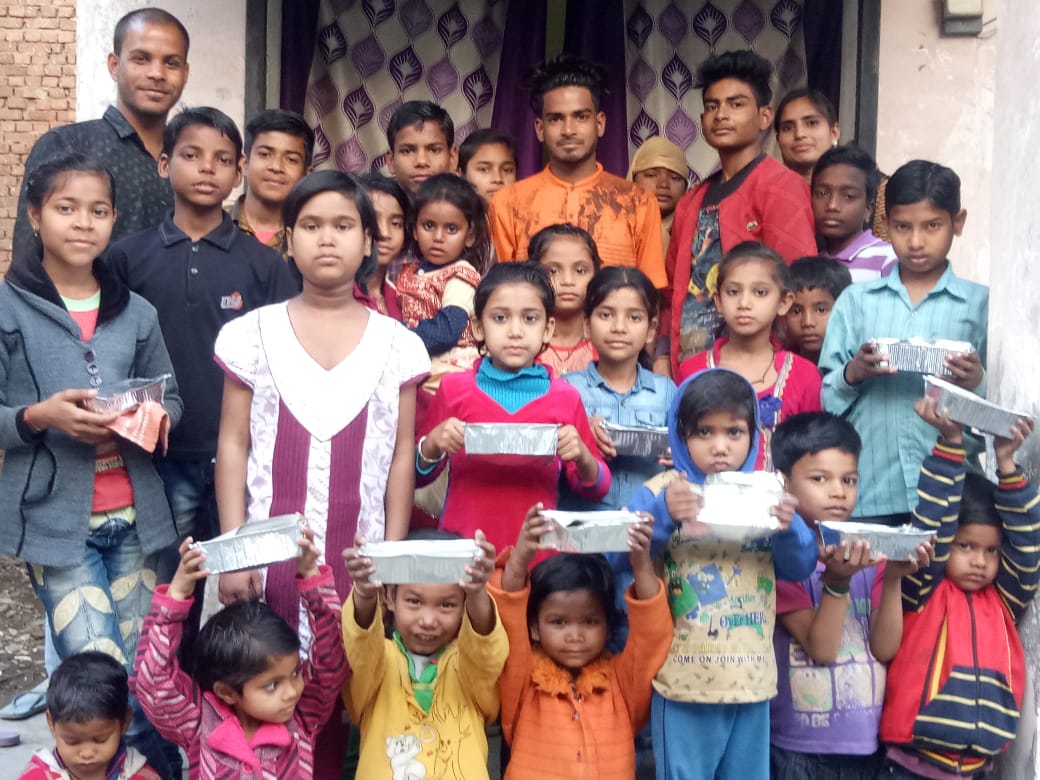Blog

Alleviate hunger and provide nutritious food to individuals and families who are experiencing food insecurity within the community.
1. FOOD DISTRIBUTION:-
Food distribution by NGO refers to the process of providing food aidto individuals and communities in need through the efforts of non-governmental organizations (NGOs). This practice is commonly seen in various parts of the world, especially in areas affected by natural disasters, conflict, or extreme poverty.
NGOs involved in food distribution typically work in collaboration with local communities, governments, and international agencies to identify the most vulnerable populations and distribute food assistance accordingly. The goal is to ensure that nutritious and culturally appropriate food reaches those who are experiencing hunger and food insecurity.
1.Needs Assessment: NGOs conduct thorough assessments to identify the specific needs of the target population. This includes determining the number of people in need, their nutritional requirements, and the availability of local food resources.
2.Food Procurement: NGOs source food from various channels, including donations, government grants, international aid agencies, and local markets. The selection of food items is based on the
nutritional needs and preferences of the beneficiaries.
3.Food Packaging: The procured food is often repackaged into family- sized or individual portions to facilitate distribution and ensure equitable access.
4.Distribution Points: NGOs establish distribution points in accessible locations within the target communities. These points can be fixed locations, mobile distribution units, or community centers.
5.Registration and Verification: Beneficiaries are registered and verified to ensure that food aid reaches those who are most in need. This may involve checking identification, conducting interviews, or using digital biometric systems.
6.Distribution: Food is distributed to registered beneficiaries according to a predetermined schedule. NGOs may use a voucher system, cash transfers, or direct distribution of food items.
7.Monitoring and Evaluation: NGOs closely monitor the distribution process to ensure transparency, accountability, and the quality of assistance provide.
8.Nutrition Education: Some NGOs include nutrition education sessions to empower beneficiaries with knowledge on how to make the most of the food aid they receive and promote healthier eating
habits.
9.Documentation and Reporting: NGOs maintain records of food distribution activities, including the quantities and types of food distributed, as well as the number of beneficiaries reached. This information is reported to donors and relevant authorities.
10.Follow-up Assistance: In some cases, NGOs may provide ongoing support, such as food vouchers, livelihood training, or access to clean water and sanitation facilities, to help beneficiaries regain
self-sufficiency.
